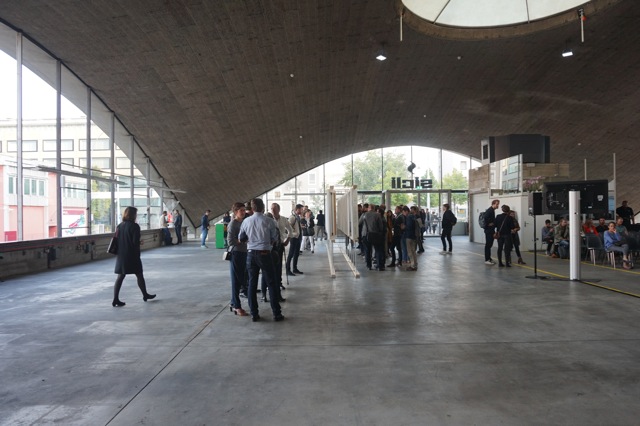
Last September 22nd Mathias Heinz (Pool Architekten) made the opening lecture for the exhibition Import ZURICH_Cooperative Housing: new ways of inhabiting in pavillion SICLI Geneva.
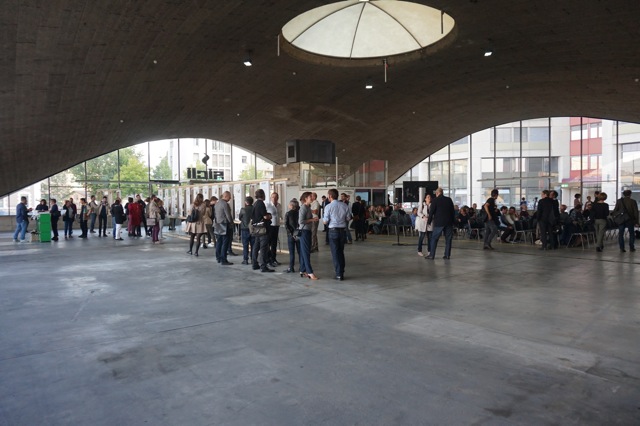
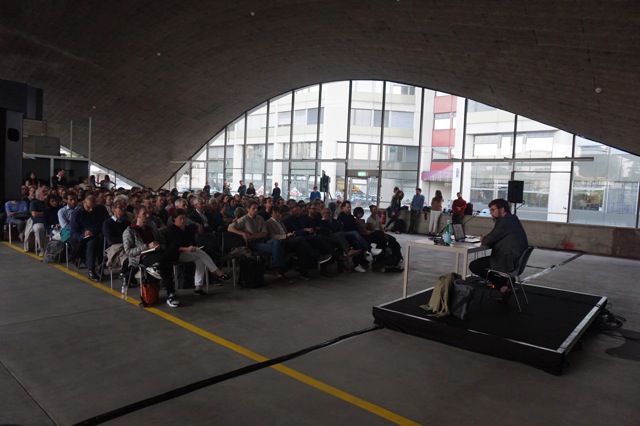
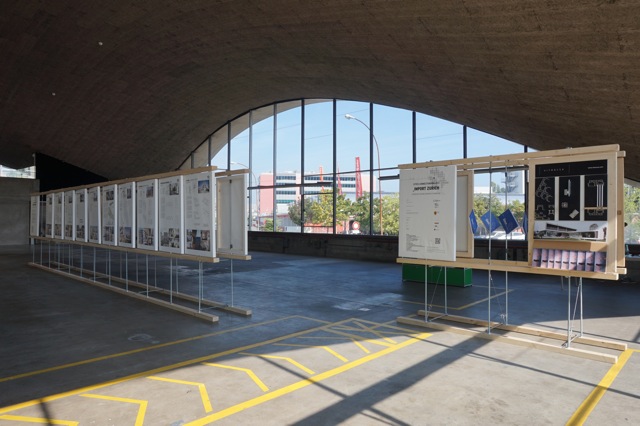
photos by: CCP
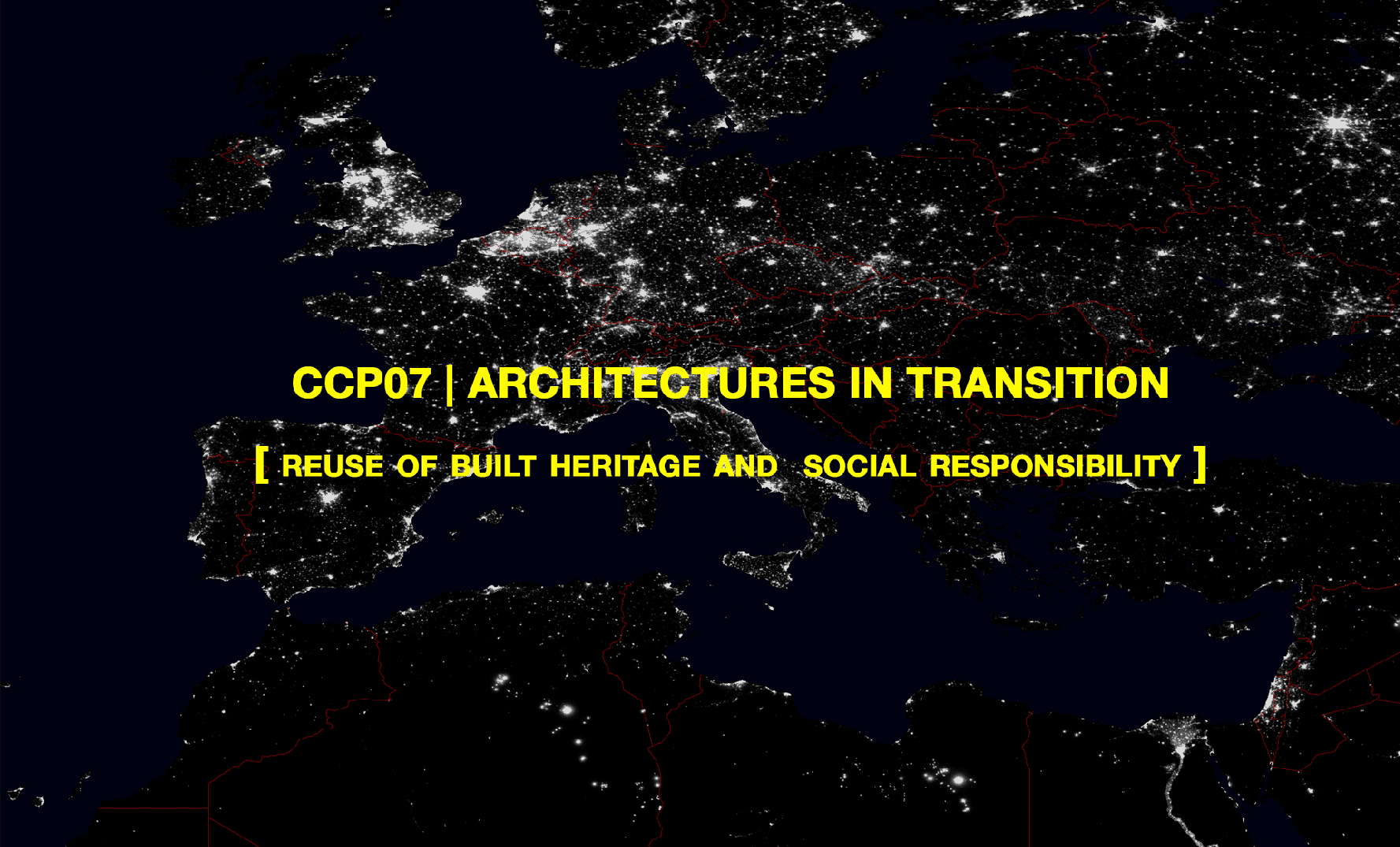
CCP / A CONNECTOR BETWEEN CITIES

Last September 22nd Mathias Heinz (Pool Architekten) made the opening lecture for the exhibition Import ZURICH_Cooperative Housing: new ways of inhabiting in pavillion SICLI Geneva.



photos by: CCP
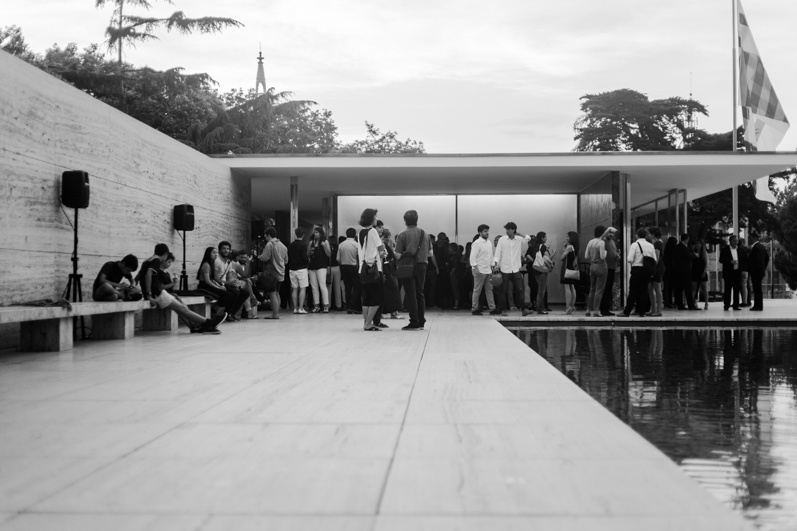
Photo: Dmitry Stepanov.
CCP_team, with the support of USM modular furniture, organized a summer cocktail last July 29th in Pavillion Mies van der Rohe, and presented Open Space Connection. The new exhibition will take place in l’Orangerie Spadom (Lausanne, October 6th) and will show 32 projects of public space from Àrea Metropolitana Barcelona and Arc Lémanique.
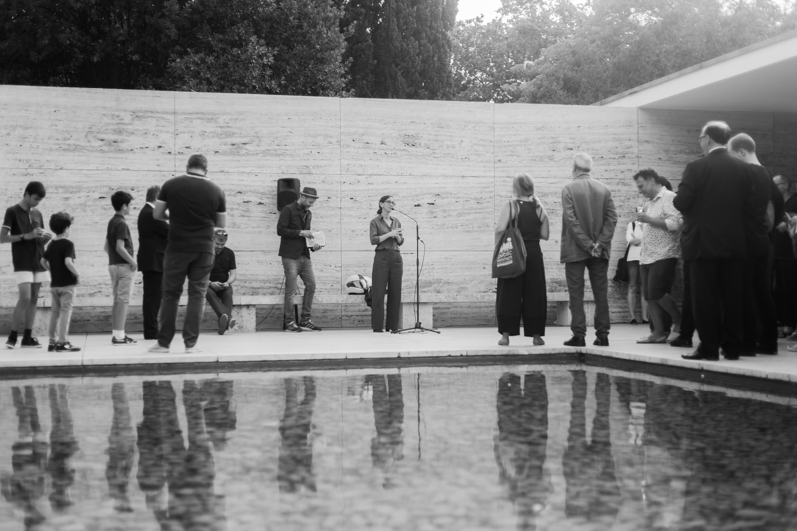
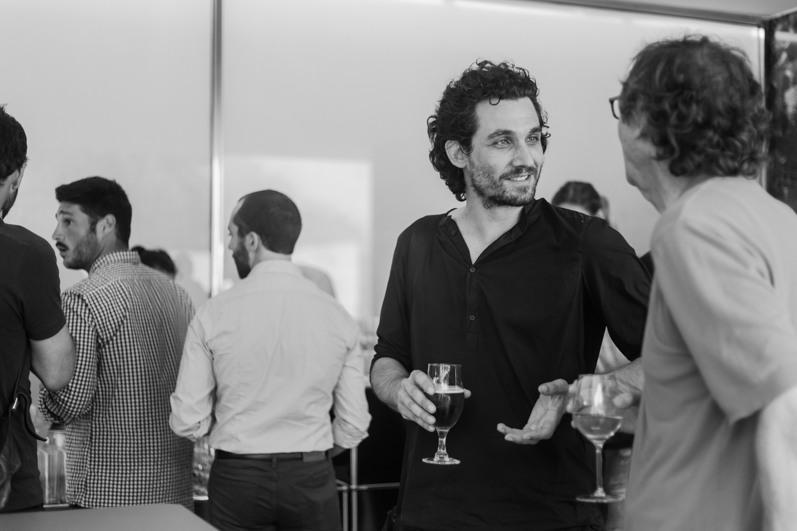
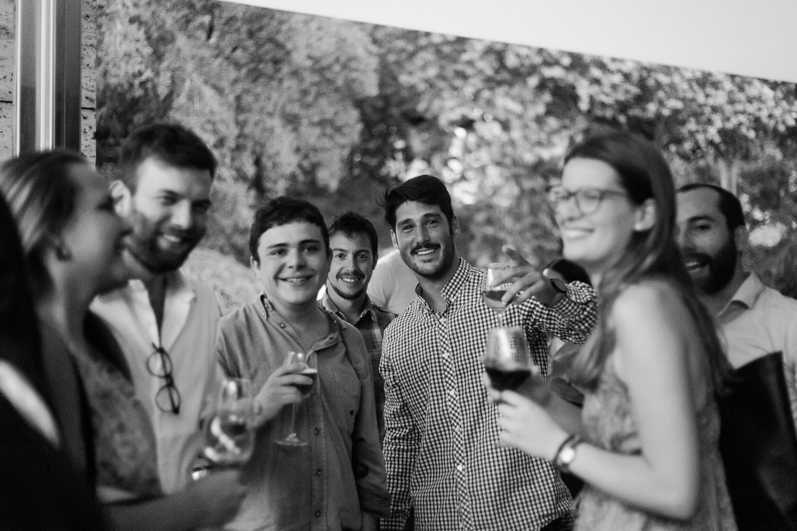
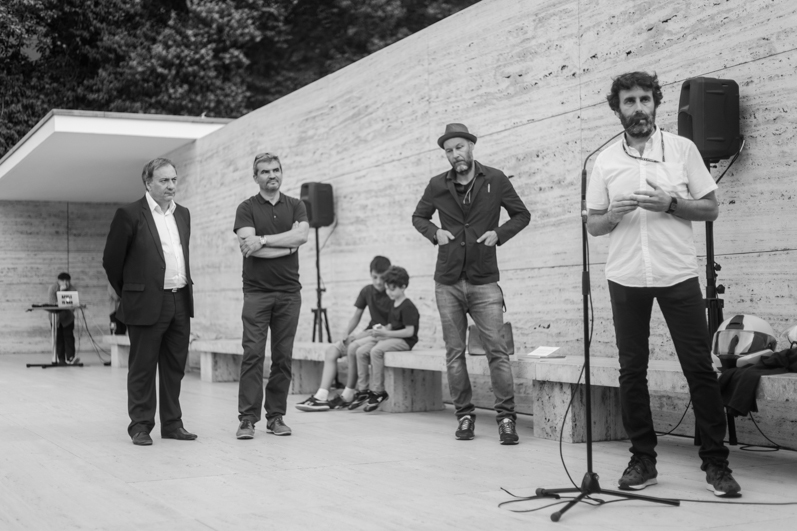
Photo: Dmitry Stepanov.
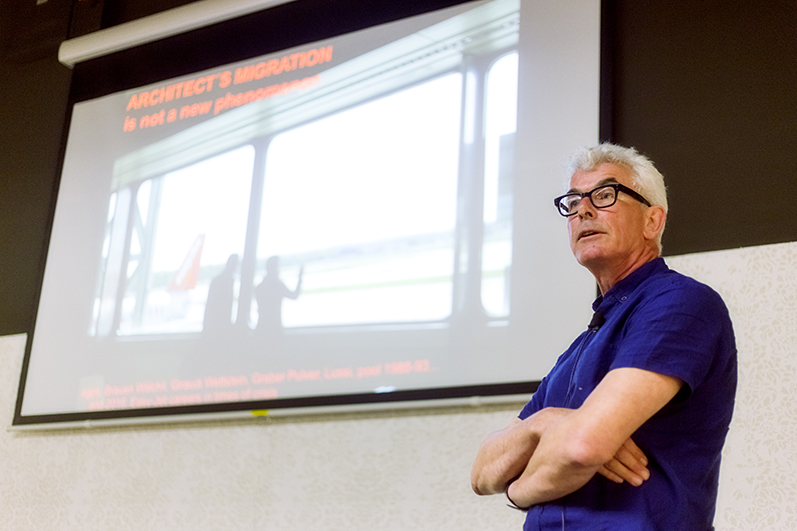 Daniel Kurz. Photo: Dmitry Stepanov
Daniel Kurz. Photo: Dmitry Stepanov
Daniel Kurz, Editor-in-chief of werk, bauen + wohnen, and president of premisFAD 2016 International Jury talked about “Swiss tendencies in architecture and the exchange with the Iberic peninsula”, and debated with the other two members of the Jury, Belén Moneo and Xavier Bustos about the influences between catalan, spanish and swiss architects.

 Daniel Kurz, Belén Moneo and Xavier Bustos. Photo: Dmitry Stepanov
Daniel Kurz, Belén Moneo and Xavier Bustos. Photo: Dmitry Stepanov
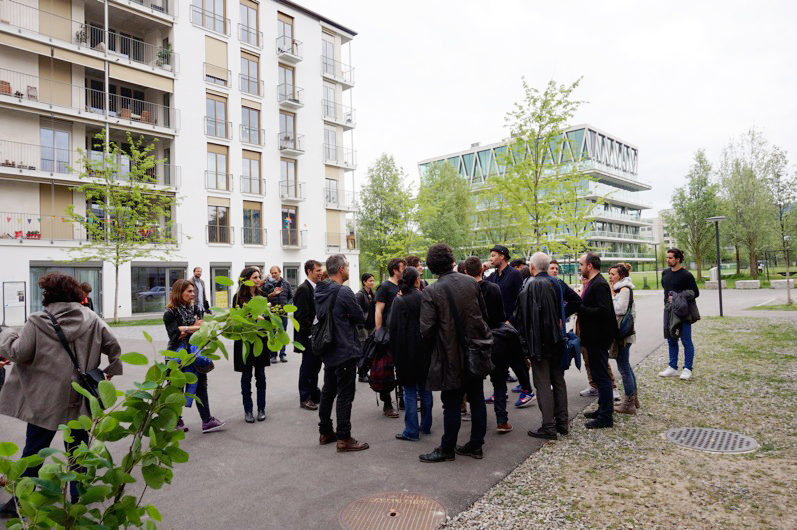
Mehr Als Wohnen Zürich. Photo: CCP
About 40 people (architects, sponsors, students…) travelled from Barcelona to Zurich and could enjoy guided visits to some of the cooperative housing buildings during two days. We visited Mehr als Wohnen with Pool Architekten and Duplex, Zwicky Süd with Schneider Studer Primas, Kraftwerk 1 with Andreas Hofer and Kalkbreite with Müller Sigrist.
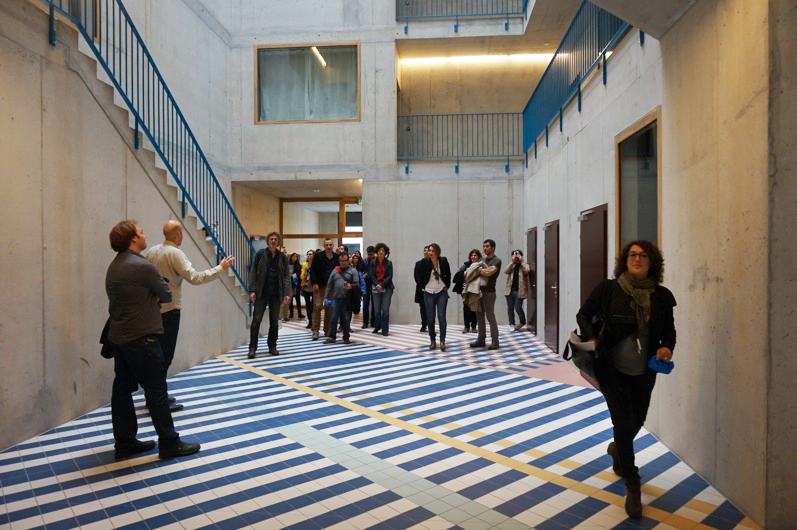
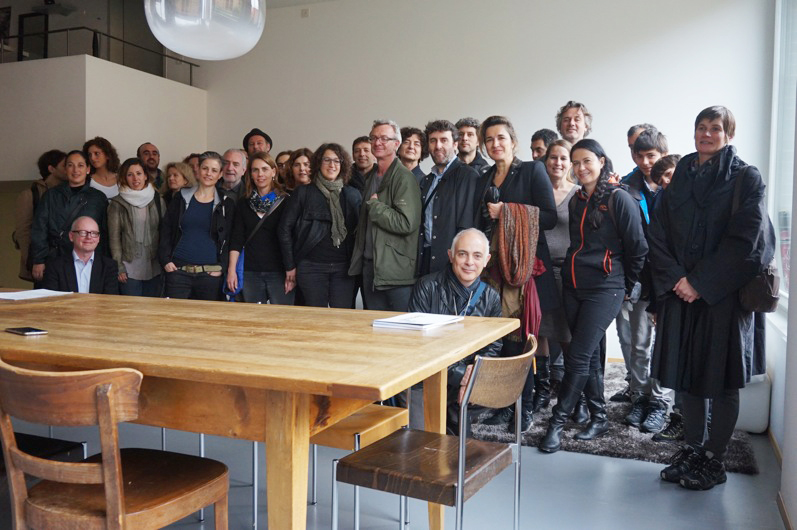
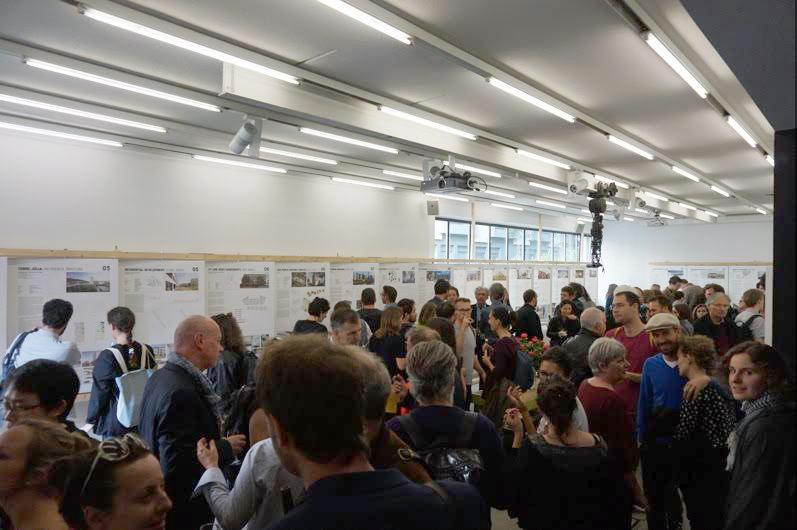
Architekturforum Zürich. Photo: Kaj Blattner
Great succesful in the openning of the Cities Connection Project in Architekturforum Zürich with the exhibitions “Export BARCELONA. Social Housing in Urban Context” and “Import ZURICH_Cooperative housing: New Ways of Inhabiting” with more than 300 people that assisted to the event.
About 40 people (architects, sponsors, students…) travelled from Barcelona to Zurich and could enjoy guided visits to some of the cooperative housing buildings.
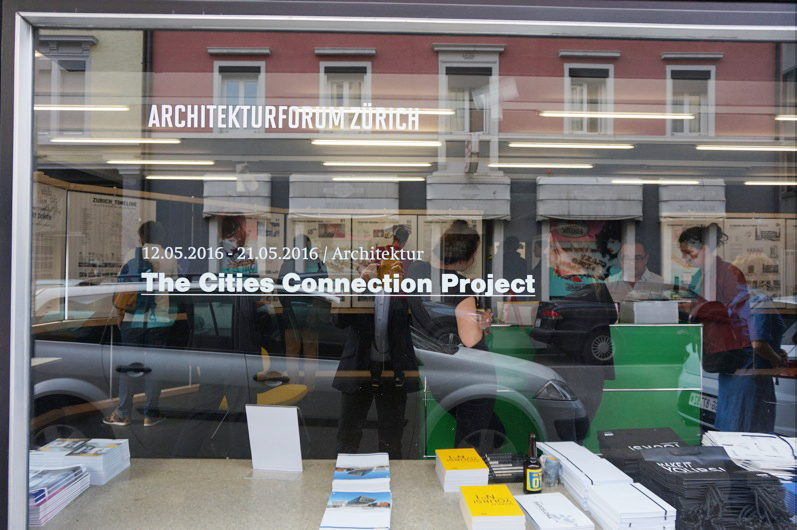
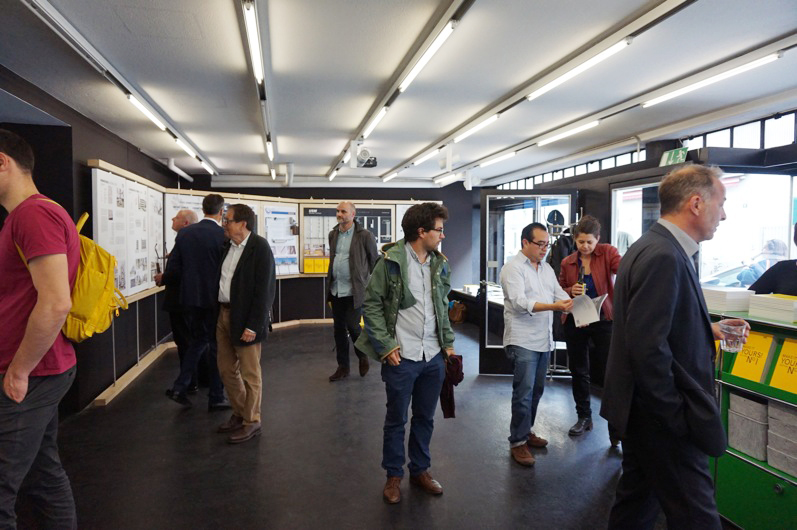
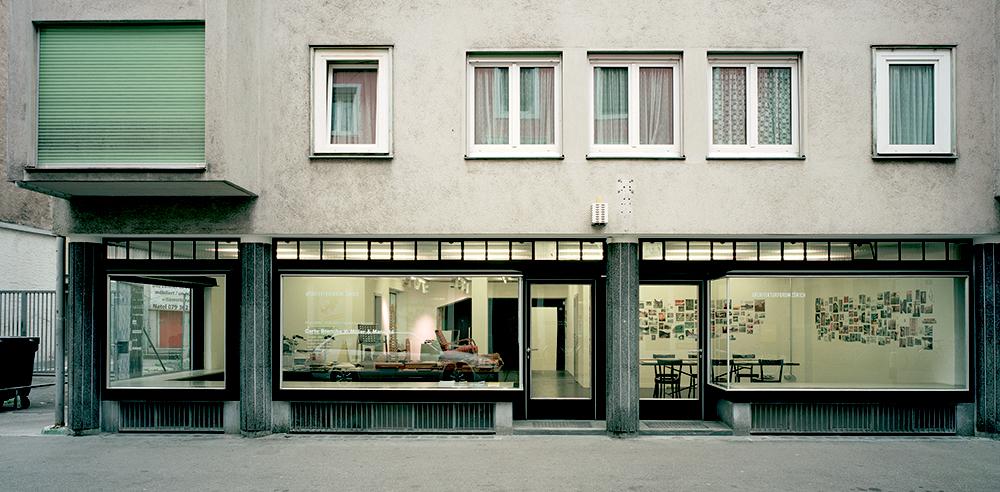
Architekturforum Zürich. Photo: Ruedi Walti
Next stop Zurich. This year’s event of the Cities Connection Project connects Zurich and Barcelona. After the celebration of the first encounter in Barcelona in October 2015, now is the turn of Zurich where the exhibitions “_Export BARCELONA. Social Housing in Urban Context” and “_Import ZURICH_Cooperative housing: New Ways of Inhabiting” will open on May 11th at 19h at Architekturforum Zürich.
Each year, the Cities Connection Project (CCP) chooses two European cities to be connected by landmark architecture projects in a dual encounter. The Swiss city of Zurich, with its strong tradition of new models of cooperative housing, and Barcelona have been chosen for this year’s event. The selection of 20+20 works will be exhibited at Architekturforum Zürich and enriched with visits to highlighted housing buildings and other activities open to the general public.
El pasado 20 de abril nos reunimos en bulthaup · bach 7 con algunos de los arquitectos catalanes, para ultimar los detalles del viaje a Zurich. En tres semanas inauguramos las exposiciones “_Export Barcelona. Social Housing in Urban Context + _Import Zurich. Cooperative housing: New Ways of Inhabiting en Architektur Forum Zürich. Os esperamos el 11 de mayo a las 19:00h en el Architekturforum Zürich, Zúrich.
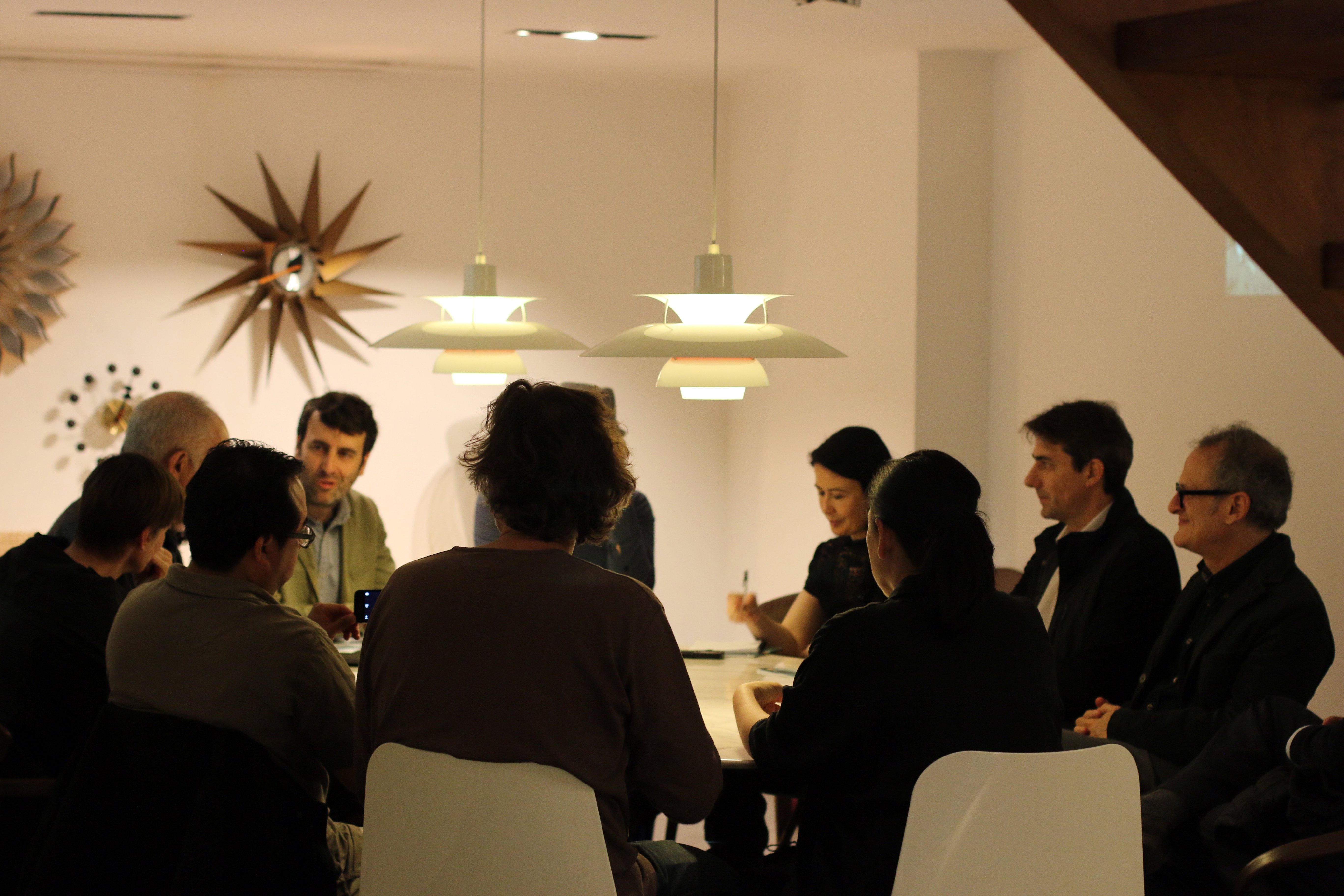
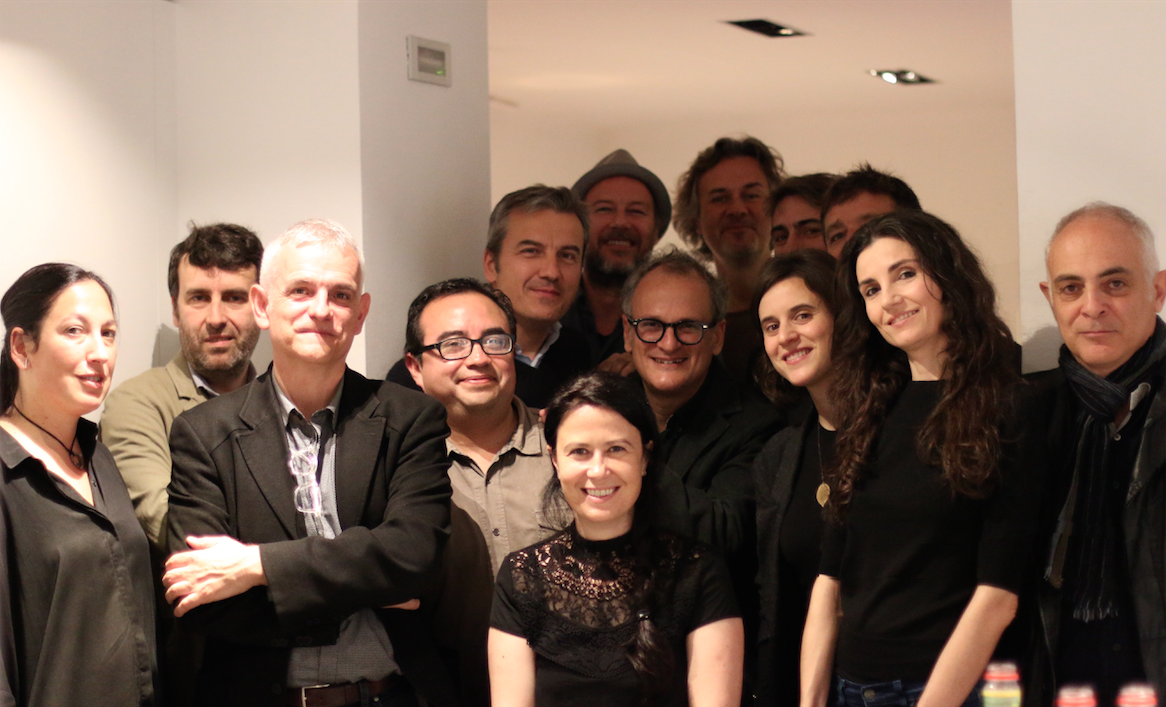
Cities Connection Project no sería posible sin el apoyo de instituciones públicas, fundaciones, universidades así como el patrocinio de empresas privadas. Muchas gracias Gines Gorriz por acogernos un año más.
Kreis 5
The city of Zurich officially has 12 urban districts, called Stadtkreis. They are simply numbered from 1 to 12. District 5, known as “Industriequartier”, between the Limmat River and the train tracks leaving Zurich train mainstation hauptbanhof, it contains the former industrial area of Zurich which has gone under a large-scale rezoning to create upscale modern housing, retail and commercial.
District 5 has been undergoing an urban planning process that is transforming it from a monofunctional industrial zone into a mixed function urban district.
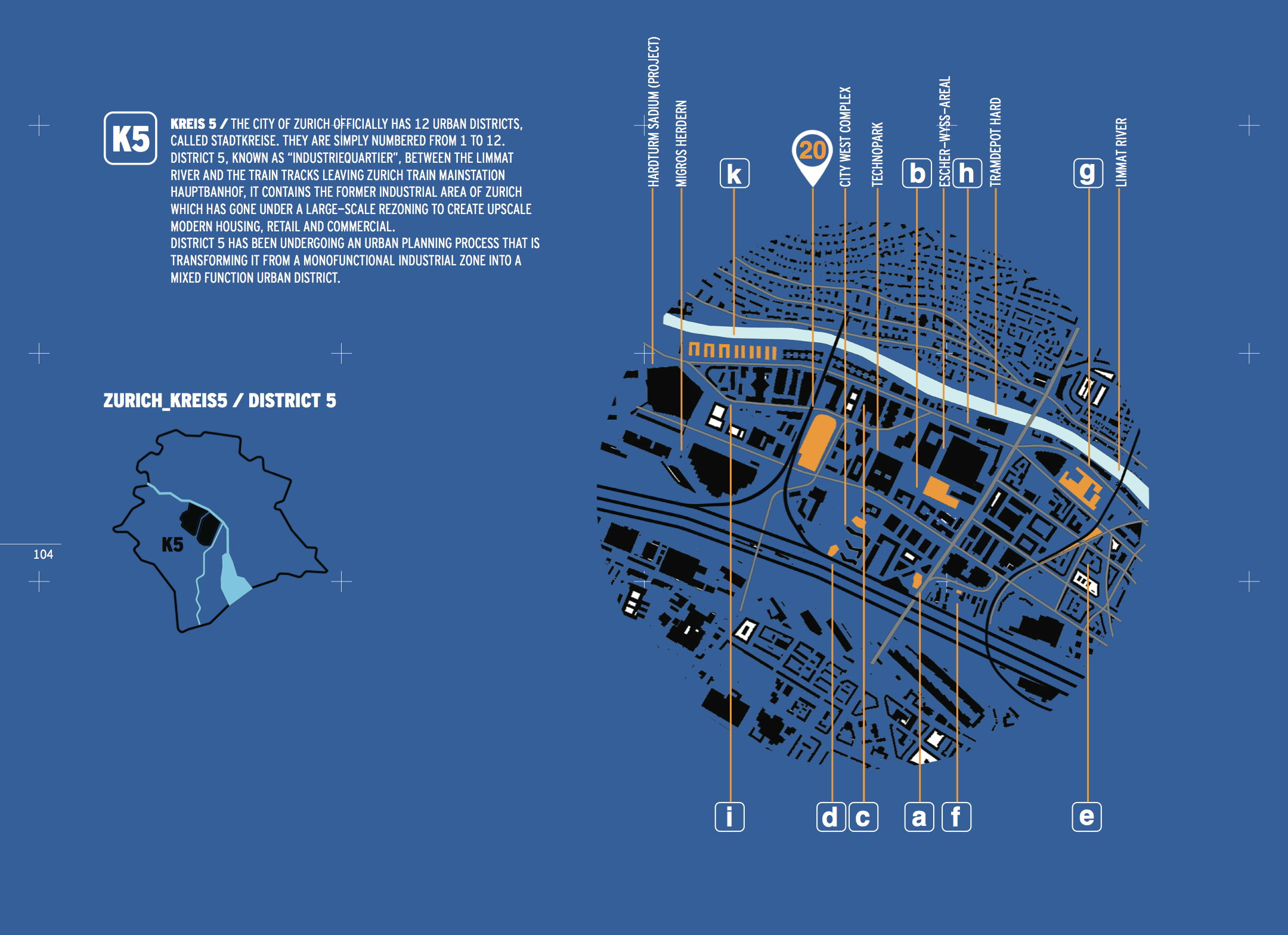
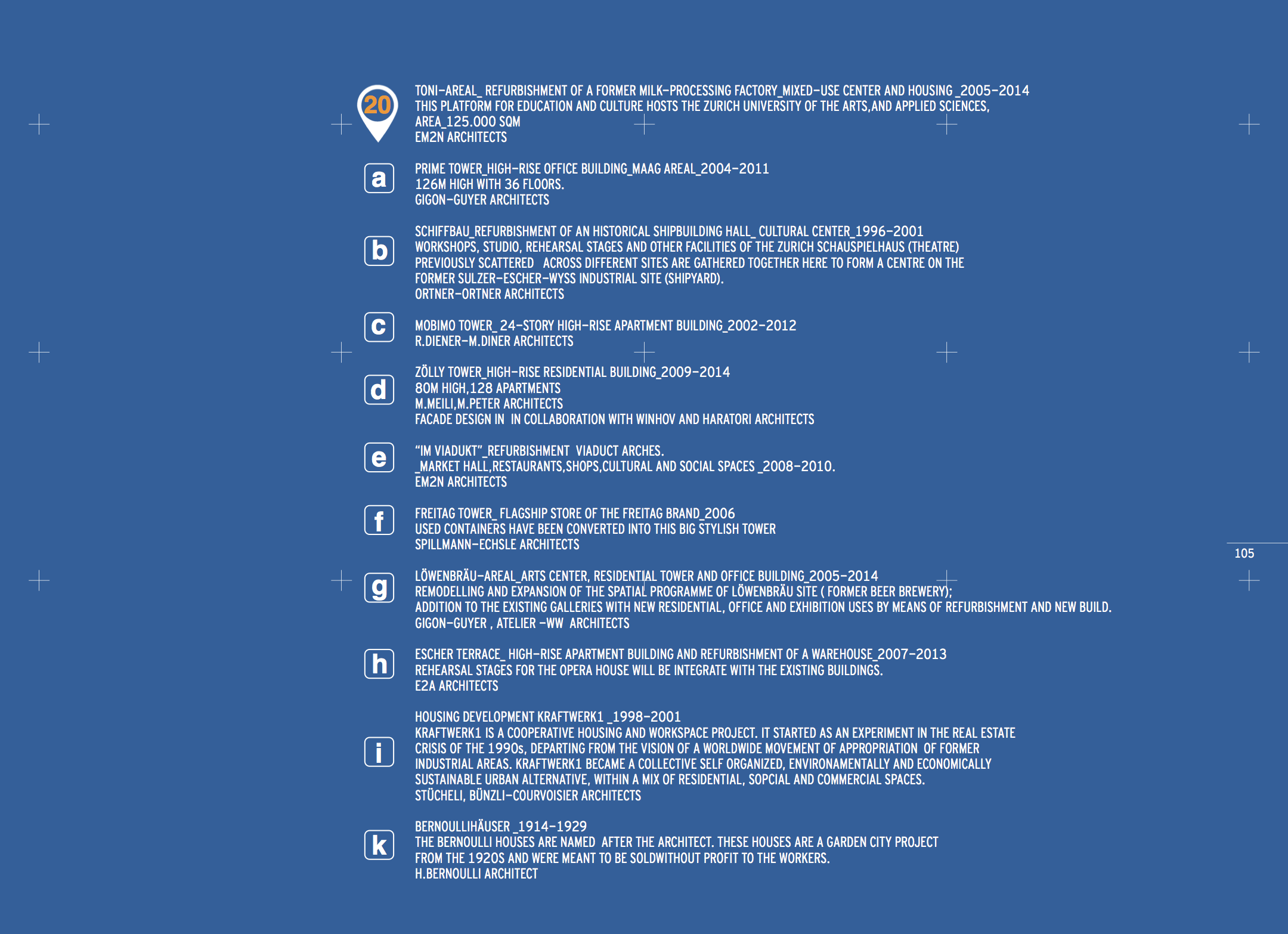
Compartimos el artículo publicado en la revista Habitat Futura (2016 vol.60, pág. 22-31), que incluye el proyecto BADENERSTRASSE 380 de Pool Architekten y que forma parte de la selección Import Zurich_Cooperative housing: New Ways of Inhabiting.
“El interés de Zurich por tener un desarrollo sostenible es uno de los ejes principales de su política. El proyecto “Zúrich sostenible” entre 1998 y 2002 puso el punto de partida, que continuó del 2006 al 2010 con el “Ciudad sostenible Zúrich, en el camino a la socidad de los 2000W” y que tiene su horizonte a largo plazo en el 2025. Fruto de esta apuesta de ciudad en ella han surgido en los últimos años brillantes proyectos, tanto de planeamiento como de edificación.”
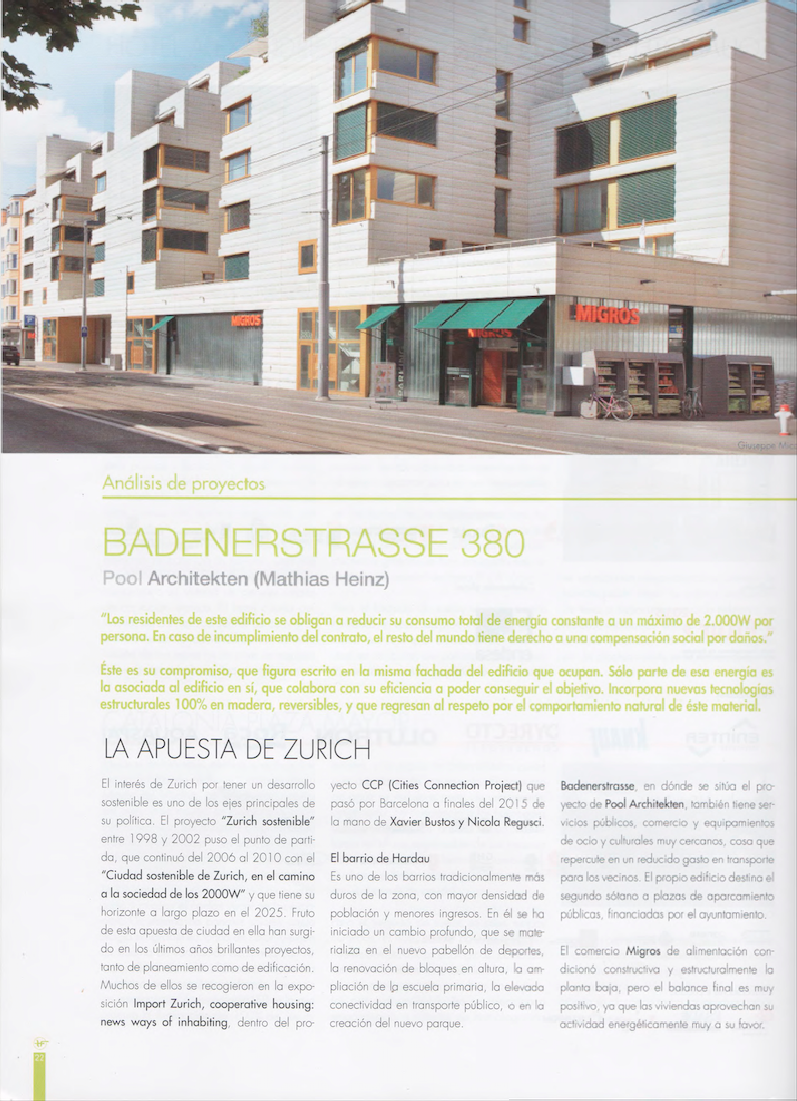
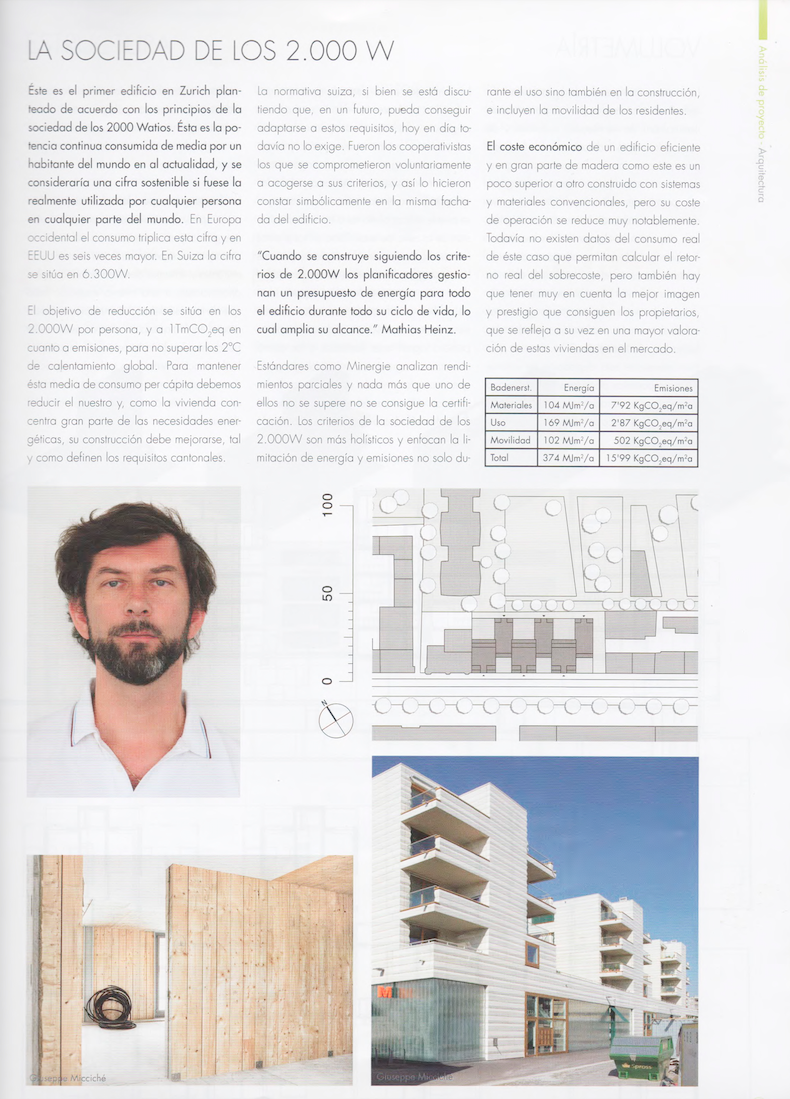
BADENERSTRASSE 380. Habitat Futura. 2016, vol.60, pág. 22-31.
Más información sobre el proyecto aquí.
Today, we reproduce the critic article “After the Housing Nightmare: New players, new organizations, new forms” written by Zaida Muxí and Josep Maria Montaner that concludes the catalogue “Import Zurich. Cooperative Housing: New Ways of Inhabiting” of the current Cities Connection Project event. Montaner is architect and Councillor for Housing at the Barcelona City Council; Muxí is architect and Director of Urbanism at Santa Coloma de Gramenet Town Council.

“At the end of 2015 two premises are being confirmed. One, that traditional homogeneous housing policies no longer make sense and are no longer useful in a context that is entirely different in urban, social, technical, political and economic terms. And two, that this need for a change of model is made all the more acute by the great damage caused by the abandoning of the developmentalist model, starting in 2008, as a consequence of the collapse of financial models in America and Europe, and worsened by neoliberal policies of public spending cuts, especially in the south of Europe.
The result is that foreclosures and forcible evictions have left thousands of homes empty and in the hands of financial institutions, while at the same time many thousands of people are denied access to housing by the requirements of the systems of access previously in force, such as that they constitute a stable family, couple or household with an income guaranteed by a permanent employment contract.
In light of the above, housing policies need to be rethought in response to the new conditions, and not only in terms of architectural design but also in terms of programmes, of the people and agencies involved, of systems of tenancy and economic models, and of the structure of the city.
All of this means that housing policies today need to be highly diversified and complementary, pivoting on a series of priority axes:
In this respect, grassroots citizen’s movements have taken the lead in coming up with workable alternatives. The first of these, in legislative terms, is acceptance of the option of handing back the keys in termination of the mortgage in order to protect people against the situation of total and permanent exclusion, in time and space, in which households unable to meet the repayments find themselves; the guarantee of rehousing; and the fight against exclusion in the form of energy poverty.
Another crucial contribution is being made by experiments with new forms of cooperative organization, which involve active grassroots participation and will result in alternative architectural typologies and construction systems, given that they must adapt from the outset to a real diversity of lifestyles and economic and technical capacities. In this new context of a self-managed cooperative economy, if these homes are not flexible and sustainable then they are not possible. Among the characteristics that are beginning to reveal themselves in the new housing resulting from cooperative and participatory processes is a focus on austerity and efficiency in the space-durability-technology-beauty correlation, in so far as housing is clearly a utility that has no need of the superfluous and the merely cosmetic, the formal qualities of which derive from its essence and its process.
Social rent, directly related to people’s actual economic capacity, is the fairest legal way to implementing the right to adequate housing, in a society which ever fewer people have a permanent work contract, a condition of stability that was the basis for access to housing prior to the collapse of the former model.
This change in policy is essential to address the critical situation created by the system of social precarity that has been imposed by neoliberalism and poses a grave threat to people’s human and social rights”.